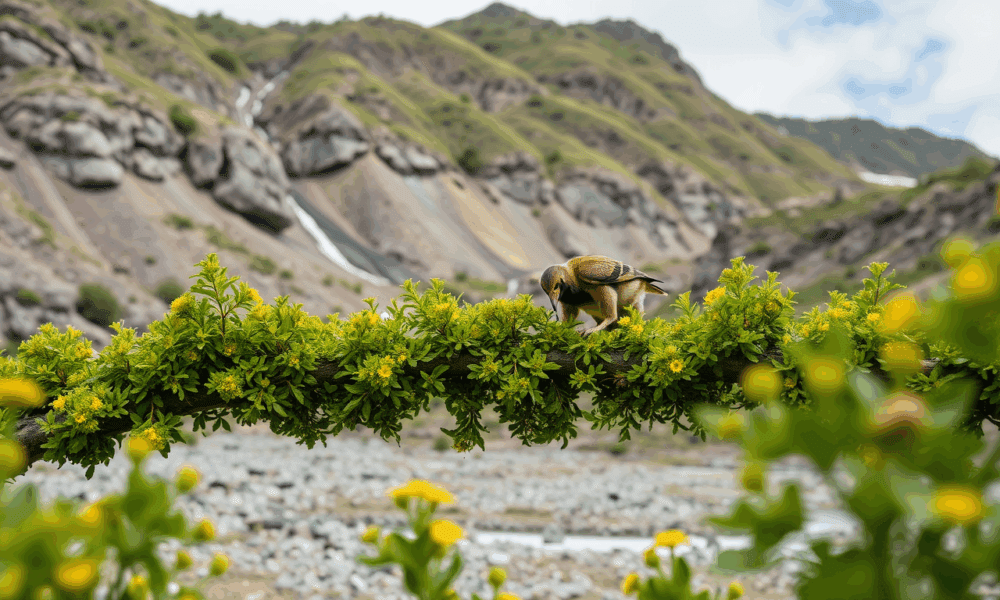
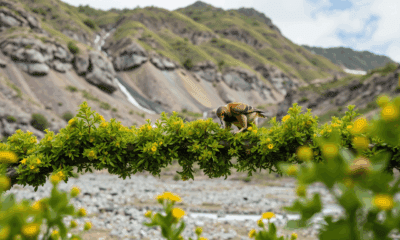

Every time someone snaps a wildlife photo with iNaturalist, they might be fueling breakthrough science. From rediscovering lost species to helping conservation agencies track biodiversity and...
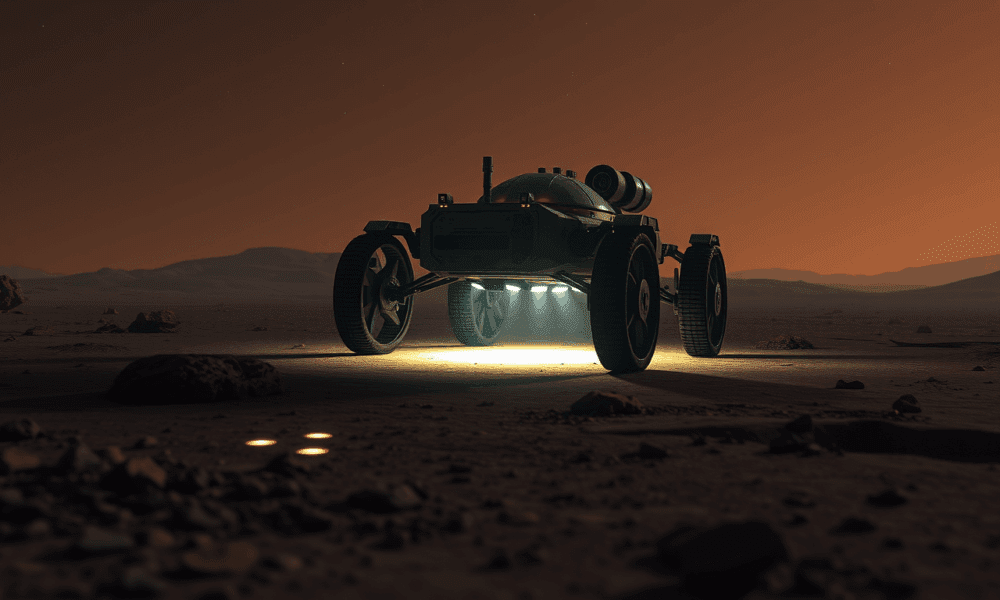


Cosmic rays from deep space might be the secret energy source that allows life to exist underground on Mars and icy moons like Enceladus and Europa....
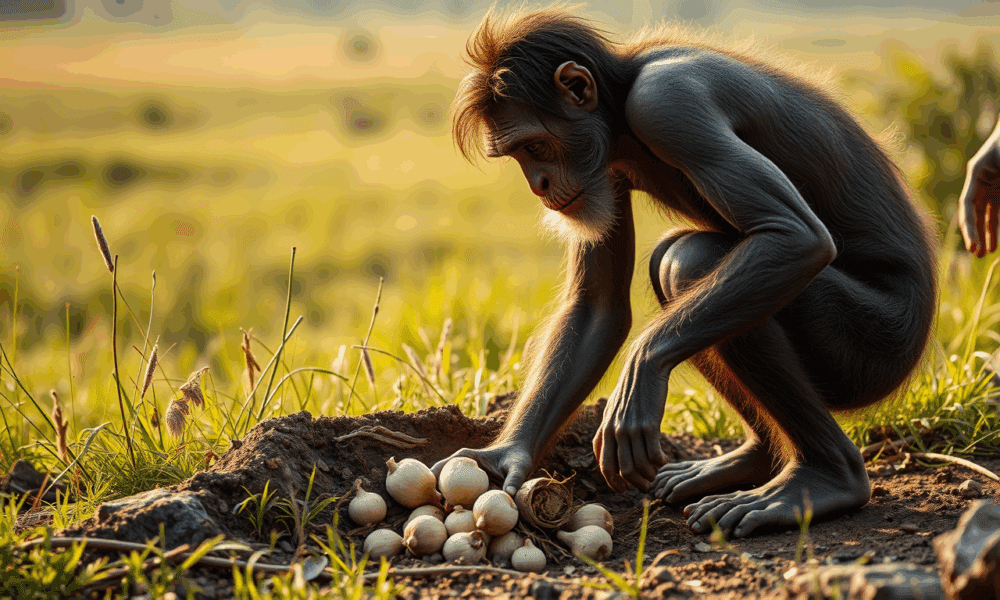
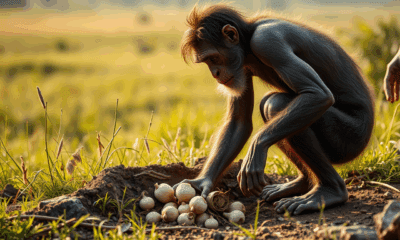

Long before evolution equipped them with the right teeth, early humans began eating tough grasses and starchy underground plants—foods rich in energy but hard to chew....



About 9 million years ago, a wild interspecies fling between tomato-like plants and potato relatives in South America gave rise to one of the world’s most...
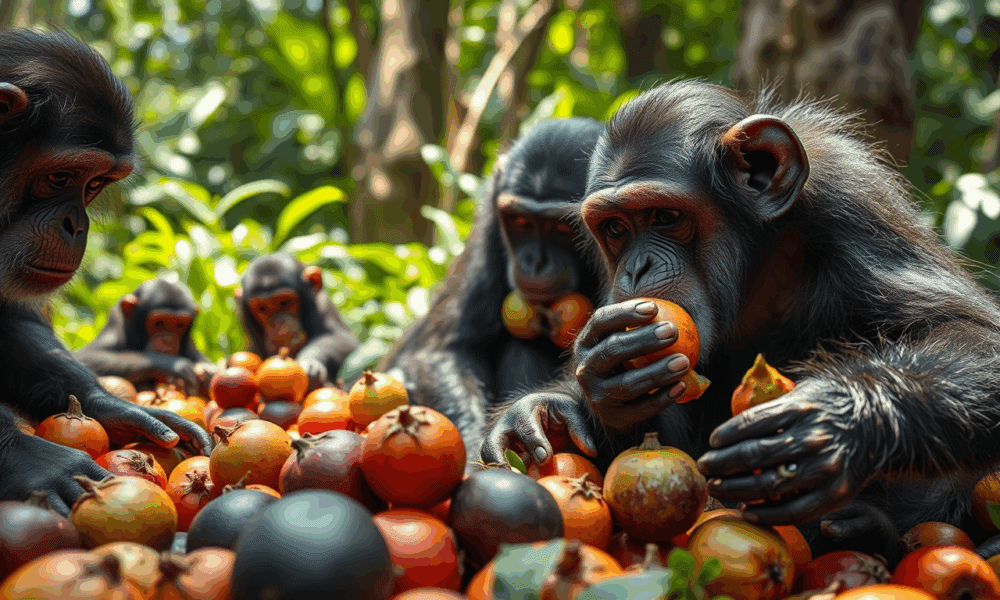
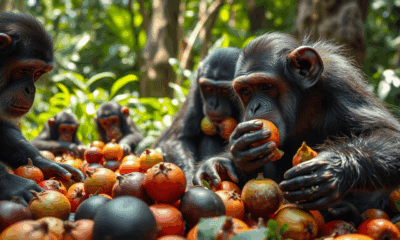

Ape behavior just got a name upgrade — “scrumping” — and it might help explain why humans can handle alcohol so well. Researchers discovered that African...
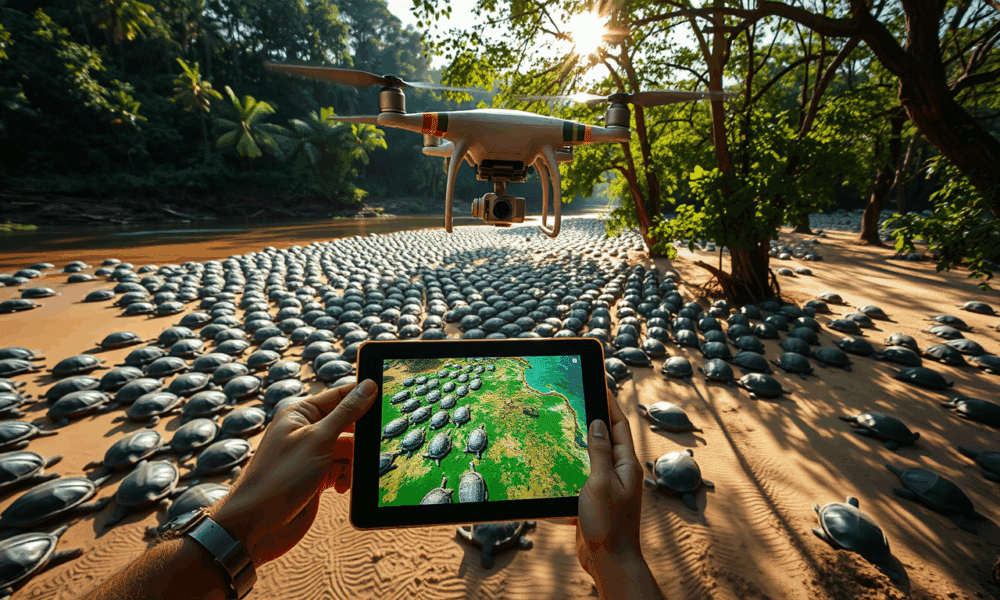
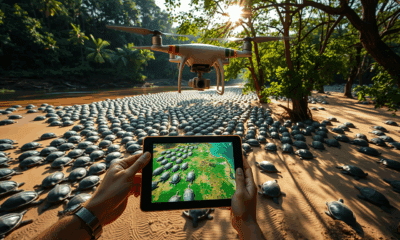

A team at the University of Florida used drones and smart modeling to accurately count over 41,000 endangered turtles nesting along the Amazon’s Guaporé River—revealing the...
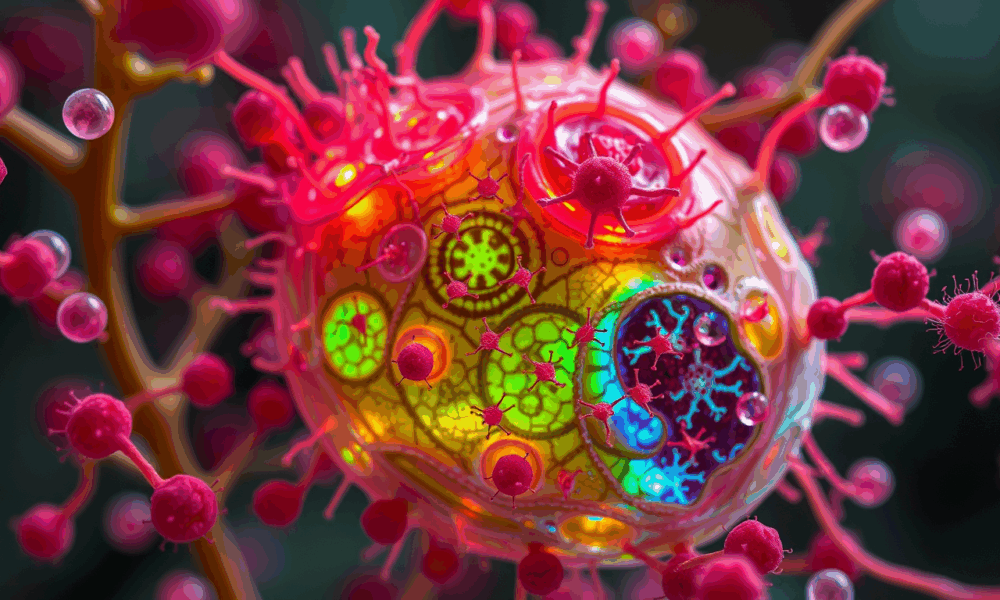
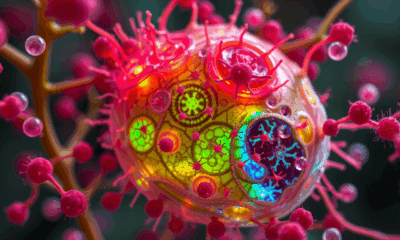

Scientists have used artificial intelligence to upgrade plant immune systems, potentially revolutionizing how crops like tomatoes and potatoes can defend against harmful bacteria. By reengineering plant...
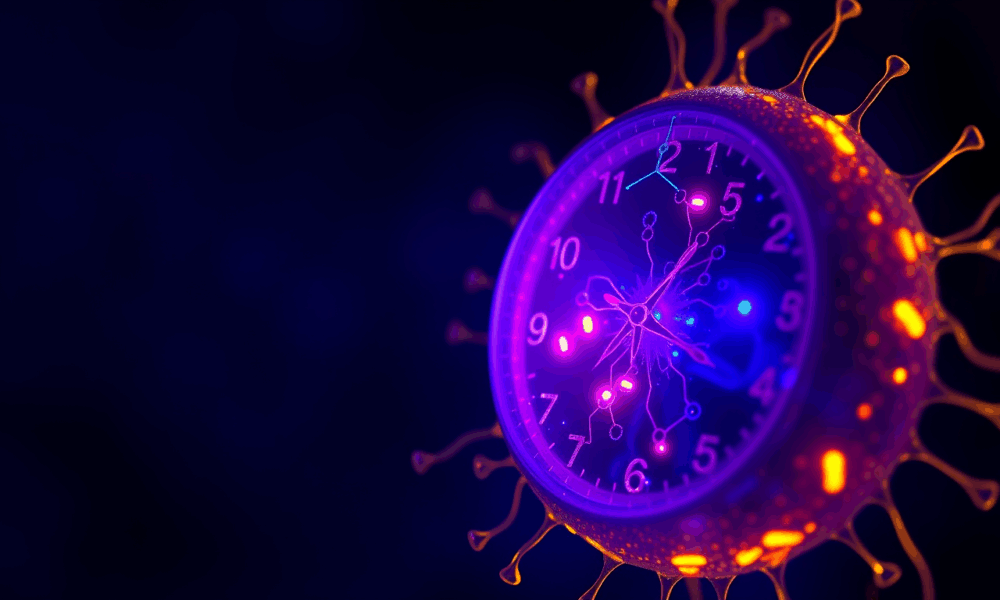
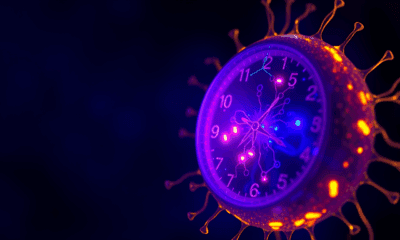

Scientists at UC Merced have engineered artificial cells that can keep perfect time—mimicking the 24-hour biological clocks found in living organisms. By reconstructing circadian machinery inside...
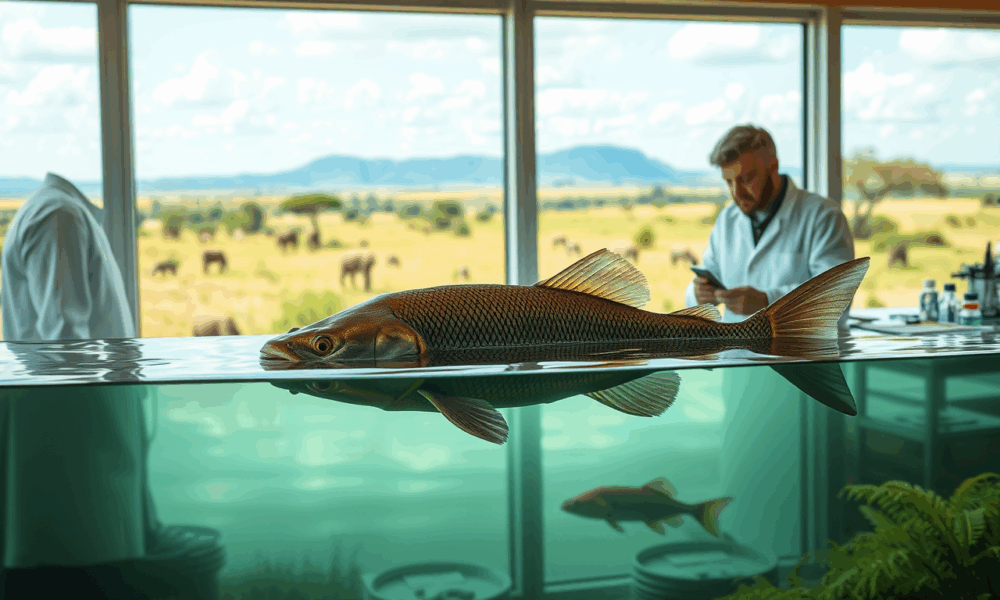
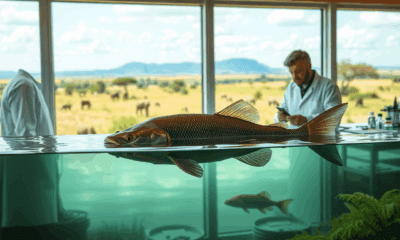

A fish thought to be evolution’s time capsule just surprised scientists. A detailed dissection of the coelacanth — a 400-million-year-old species often called a “living fossil”...

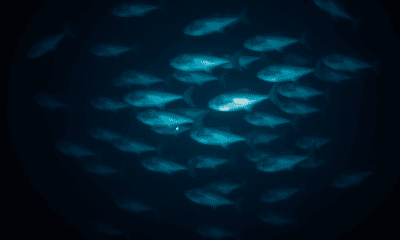

Mesopelagic fish, long overlooked in ocean chemistry, are now proven to excrete carbonate minerals much like their shallow-water counterparts—despite living in dark, high-pressure depths. Using the...